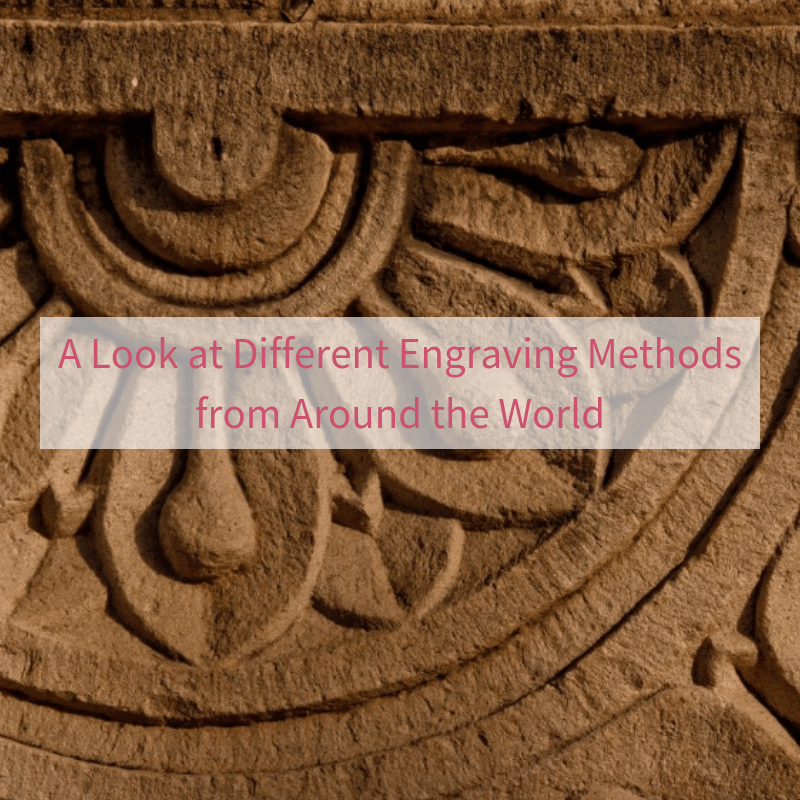
Engraving represents the synergy of art and science. Trained artisans are highly valued and their talents know no limits. Still, these methods will often mirror unique cultural values and techniques can vary from location to location. Let us look at some interesting approaches as well as what makes each of these variants unique in its own right.
Scrimshaw
This was one of the most popular forms of engraving in London between the 16th and 19th centuries. Scrimshaw involved engraving whale bones with extremely intricate patterns. Not only would this process require years of apprenticeship, but some of the most impressive pieces fetched an impressive price. It was not uncommon for artisans to smear ash or ink within the engraved lines before coating the bone with a layer of lacquer. This would serve to better highlight the image.
Glass Engraving
This technique can be dated to Roman times and it is still used in certain regions of the world such as the Middle East. Glass engraving involves the use of a sharpened wheel. The wheel will be placed over a glass vessel. It is then manipulated to produce a detailed image. The main intention of this technique is to produce images similar to those seen in traditional Greek vessels (such as bowls and vases).
Silversmiths and Goldsmiths
This type of engraving was (and is) unique in the fact that artisans generally specialise in the manipulation of precious metals. It can be argued that the most famous silversmith was Paul Revere in colonial America. Such engraving methods were performed by hand and with the use of countless intricate tools. Some of the original engraved pieces by Mr. Revere have fetched a great deal of money at auction.
Coin Engraving
Coin engraving is another common technique; particularly when creating master copies of a specific design before it is transferred to a reproduction stamp. This process is so detailed that it may take a professional engraver between three and six months to create an image on the single side of a coin. Years of training are required and despite the presence of modern technology, this process is still performed solely by hand.
Whether you are interested in expert brass plaque engraving or you wish to have a piece of jewellery personalised, Able Engraving & Design is only a phone call away. Please contact us at your convenience.
